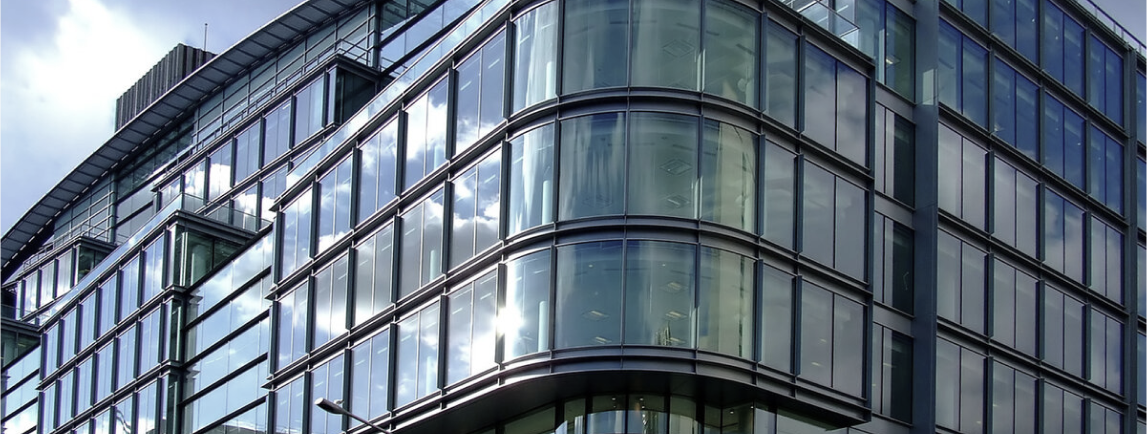What is Low E Glass and Why Does It Matter?
Benefits of low-e glass and benefits of laminated glass

What is Low-E Glass and Why Does It Matter?
If you’re looking for energy-efficient windows that keep your home comfortable while lowering your energy bills, Low-E glass is the perfect solution. But what exactly is it, and how does it work?
Understanding Low-E Glass
The “E” in Low-E stands for emissivity, which refers to how much radiant heat a material can emit. Low-E glass has a microscopically thin, transparent coating that reflects heat instead of absorbing it. This special coating helps regulate indoor temperatures, keeping your home cooler in the summer and warmer in the winter.
Low-E glass is widely used in both residential and commercial buildings to improve thermal insulation and energy efficiency. At Glass Around, we provide top-quality Low-E glass solutions tailored to your needs.
Key Benefits of Low-E Glass
✅ Improved Energy Efficiency – Low-E windows help reduce heat loss in winter and block excessive heat in summer, making your home or office more energy-efficient.
✅ UV Protection – These windows significantly reduce harmful UV rays, helping protect furniture, flooring, and décor from fading over time.
✅ Natural Light Without the Heat – Unlike tinted glass, Low-E coatings allow plenty of natural light into your space while keeping unwanted heat out.
✅ Lower Heating & Cooling Costs – By enhancing insulation, Low-E windows help cut down on energy bills, making them a smart long-term investment.
✅ Increased Window Durability – The Low-E coating adds an extra layer of protection, improving the lifespan and performance of your windows.
✅ Interior Protection – Low-E windows help maintain a stable indoor temperature, reducing the strain on your HVAC system and keeping your space comfortable year-round.
Where Can You Use Low-E Glass?
Thanks to its energy-saving and protective properties, Low-E glass is ideal for:
✔ Homes & Apartments – Better insulation means lower energy costs and a more comfortable living space.
✔ Office Buildings – Helps maintain a consistent indoor temperature while letting in natural light.
✔ Storefronts & Commercial Spaces – Reduces glare and heat buildup while protecting products and interiors.
✔ Skylights & Large Windows – Maximizes daylight without the negative effects of heat gain or UV damage.
Upgrade Your Windows with High-Quality Low-E Glass
If you’re looking to improve your home’s energy efficiency, comfort, and durability, Low-E glass is the way to go. Contact us today to learn more about our premium Low-E glass options and how they can benefit your space!

What is Laminated Glass?
Laminated glass is a fantastic alternative to normal glass, offering a tough, robust structure that is hard to break. Laminated glass is constructed of two plies of glass which are bonded together with interlayers to form a permanent bond. Laminated glass is commonly used as a safety glass when security and injury are of concern. It can also be used for decorative purposes around the home, by including a tinted interlayer to color the glass.
Benefits of Laminated Glass
– Laminated glass increased Security.
– Laminated glass reduced emissions.
– Laminated glass reduced noise pollution.
– Laminated glass Increased safety.
– Laminated glass protects from natural disasters.
– Utilizing laminated glass in office workspaces can reduce stress and enhance creativity.
– Laminated glass is durable and is as easily cleaned as ordinary glass.

2025-May-20